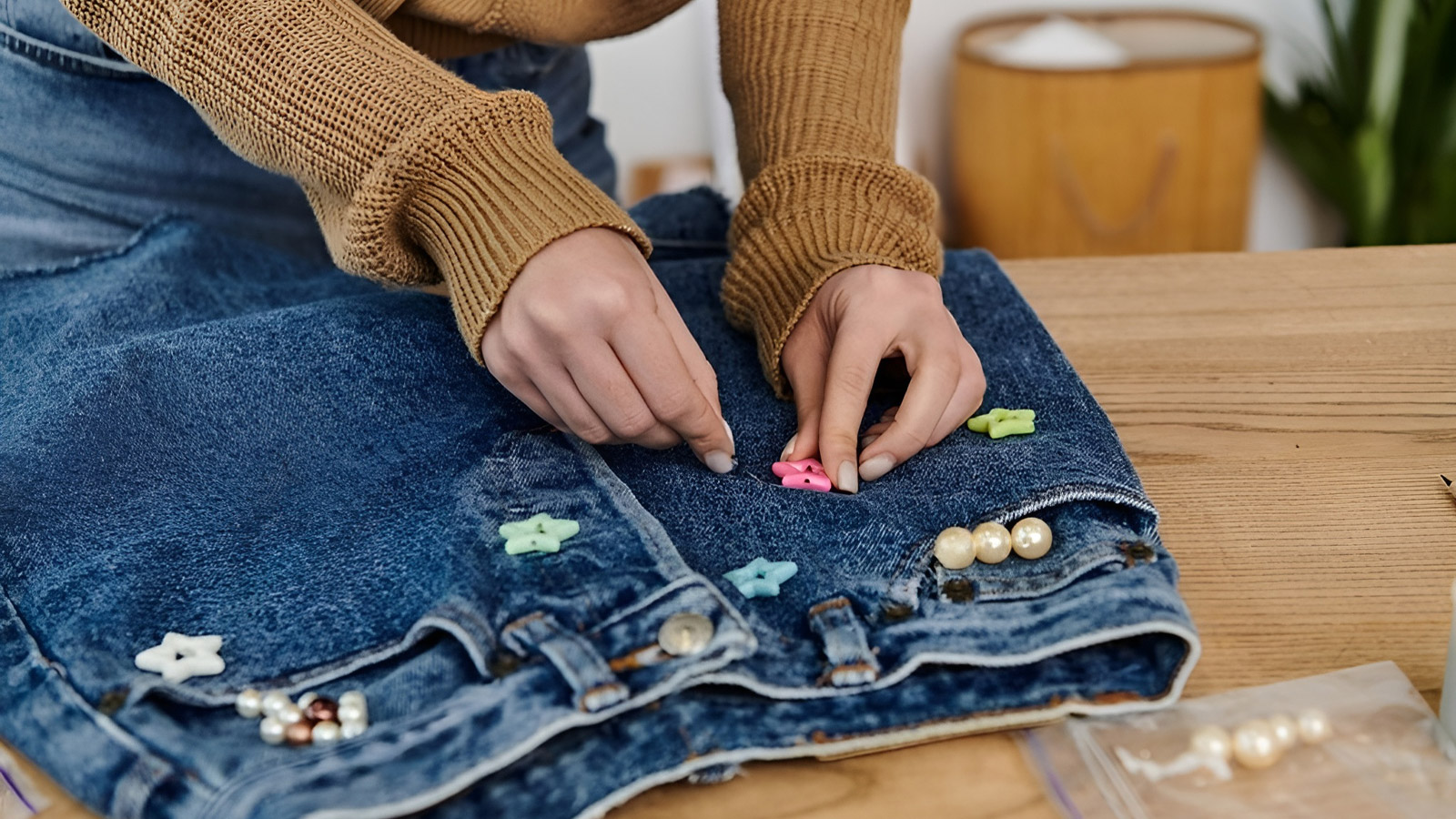In the dynamic world of hospitality, presentation and performance go hand in hand. While design and branding are essential for hotel waiters uniforms, the choice of fabric plays an equally critical role. The fabric determines comfort, durability, hygiene, and even the confidence of the staff wearing it. Choosing the right material for hotel waiters uniforms can greatly influence not just how the staff looks but how they perform their duties day in and day out.
Why Fabric Selection Matters for Hotel Waiters Uniforms
Hotel waiters are always on their feet, working long shifts in environments that require constant motion, attention to detail, and customer interaction. Their uniforms must therefore be as functional as they are presentable. Ill-chosen fabrics can lead to discomfort, poor aesthetics, and even operational inefficiencies.
The perfect hotel waiters uniforms strike a balance between form and function. They should be breathable, easy to care for, and durable enough to withstand repeated washing without losing shape or color. As a result, fabric selection is at the heart of designing the ideal hotel waiters uniforms.
Cotton: The Classic and Comfortable Choice
Cotton remains one of the most popular fabric choices for hotel waiters uniforms. It is natural, breathable, and gentle on the skin, which makes it ideal for waiters working in warm indoor environments. The breathability of cotton ensures that staff remain cool and comfortable even during peak hours.
One of the biggest advantages of using cotton in hotel waiters uniforms is its ability to absorb moisture, helping to maintain hygiene. Cotton uniforms also have a polished, crisp look when properly ironed, enhancing the professional appearance of hotel waiters. However, cotton can wrinkle easily and may require frequent ironing, which is something to consider when selecting uniform suppliers.
Polyester: The Durable Performer
Polyester is another widely used fabric in hotel waiters uniforms due to its durability and ease of maintenance. This synthetic fiber resists wrinkles, shrinking, and fading, making it ideal for uniforms that undergo frequent laundering.
Blended fabrics that combine polyester and cotton (commonly known as poly-cotton) are increasingly popular. These blends combine the best of both worlds—the softness and breathability of cotton with the durability and low maintenance of polyester. Poly-cotton blends are a practical and cost-effective solution for hotel waiters uniforms, especially in high-turnover settings.
Spandex and Stretch Fabrics: For Flexibility and Fit
Stretch fabrics, including spandex and elastane blends, are becoming more common in modern hotel waiters uniforms. These fabrics offer excellent flexibility and a snug fit, which is particularly beneficial for waiters who need to move quickly and comfortably.
The inclusion of a small percentage of stretch material in hotel waiters uniforms ensures ease of movement without compromising on style. These fabrics conform to the body, creating a tailored and professional look while allowing freedom of motion during service.
Moisture-Wicking Fabrics: A Must for Active Service
Hotel environments, especially kitchens and banquet halls, can get hot and busy. Moisture-wicking fabrics are engineered to pull sweat away from the skin and allow it to evaporate quickly, keeping staff dry and comfortable throughout their shift.
These advanced fabrics are ideal for hotel waiters uniforms in high-end or luxury settings where maintaining a fresh, clean look is essential. Moisture-wicking technology can be found in polyester blends and specialty performance fabrics designed specifically for hospitality use.
Linen: Elegant but High-Maintenance
Linen is sometimes used in upscale hotel waiters uniforms for its luxurious appearance and natural texture. It is breathable and lightweight, which makes it great for tropical climates or outdoor dining settings. However, linen wrinkles easily and may require more care to maintain a polished look.
Despite its high-maintenance nature, linen can be a good option for boutique hotels or fine-dining restaurants that prioritize visual appeal and can accommodate the necessary garment care. When choosing linen for hotel waiters uniforms, it’s often blended with other fibers to improve its durability and reduce wrinkling.
Microfiber: Soft, Strong, and Stain-Resistant
Microfiber is a newer entrant in the world of hotel waiters uniforms, prized for its softness and high resistance to stains and water. Uniforms made from microfiber are lightweight, easy to clean, and offer a sleek, modern look.
Hotels that prioritize efficiency and sustainability often choose microfiber because it dries quickly and holds its shape even after many washes. These characteristics make microfiber a suitable choice for hotel waiters uniforms in busy, high-traffic hospitality environments.
Fabric Color and Its Impact
While fabric composition is crucial, color and dye retention are also key when selecting materials for hotel waiters uniforms. Darker shades like black, navy, or charcoal grey are commonly used for their professional look and their ability to conceal minor stains.
The fabric must retain its color over time to ensure a consistent brand image. High-quality dyeing processes and colorfast materials prevent fading and ensure that hotel waiters uniforms look sharp even after extended use.
Weather Considerations in Fabric Selection
In regions with extreme weather, it’s essential to choose fabrics for hotel waiters uniforms that match the climate. In hot and humid areas, lightweight, breathable fabrics like cotton, linen, or moisture-wicking blends are best. In colder climates, heavier fabrics with insulating properties or layered options are more appropriate.
Uniforms that are not adapted to seasonal needs can impact employee comfort and performance. Offering uniform options tailored to different times of the year is a best practice for hotels committed to staff well-being.
Sustainability in Fabric Choices
With increasing awareness of environmental impact, many hotels are opting for sustainable fabrics in their hotel waiters uniforms. Organic cotton, recycled polyester, and bamboo blends are some of the eco-friendly options gaining popularity.
Sustainable fabrics not only contribute to environmental responsibility but also appeal to eco-conscious guests and employees. These materials often come with certifications that assure quality and ethical production, reinforcing the hotel’s brand values.
Choosing the Right Fabric for Your Hotel Brand
Each hotel has unique requirements based on its brand identity, target clientele, location, and budget. Therefore, there is no one-size-fits-all fabric choice for hotel waiters uniforms. The key is to balance aesthetics, functionality, comfort, and cost.
Luxury hotels may prioritize elegance and custom tailoring, opting for higher-end fabrics like linen blends or stretch cotton. Budget or business hotels may focus on practicality, choosing durable poly-cotton blends or microfiber for easy care. Either way, involving staff in uniform trials and feedback processes can help make informed decisions that benefit everyone.
The fabric used in hotel waiters uniforms has a profound impact on employee performance, guest perception, and operational efficiency. It affects how the uniform looks, how it feels, how long it lasts, and how easily it can be maintained.
By carefully selecting the best fabrics for hotel waiters uniforms, hoteliers can ensure their staff remains comfortable, professional, and aligned with the brand’s image. Whether it’s breathable cotton, durable polyester, or eco-friendly alternatives, the right fabric sets the stage for excellence in hospitality service.




